Tabby cats, with their distinctive striped, spotted, or swirled fur patterns, are among the most popular and recognizable domestic cats in the world. Their unique coat patterns are not just a result of aesthetic appeal but are deeply rooted in their genetics and history. Understanding the genetic basis of these patterns provides insight into how tabby cats evolved and adapted over time.
The Etymology of ‘Tabby’

The term “tabby” is believed to have originated from the French word “tabis,” which was derived from the Arabic word “attabiya.” Attabiya referred to a specific kind of silk cloth which had a striped pattern. This reference migrated into English usage to describe the similarly patterned fur of certain cats, eventually becoming a broad term for all cats with these kinds of patterns.
Historical Context and Domestication

Tabby cats are a part of the larger domestic cat family, Felis catus, which were first domesticated around 10,000 years ago in the Near East. These cats originated from the African wildcat, Felis lybica, which naturally possessed a tabby-like striped pattern. As these wildcats adapted largely agricultural human societies, their traits, including coat patterns, diversified and were carried into the wide variety of domestic cats we see today.
Why Tabby Patterns Persist
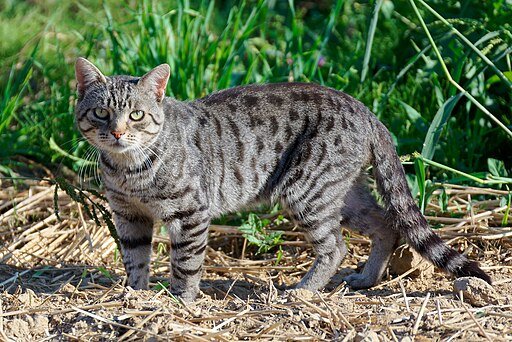
There is a functional aspect to the tabby pattern—aiding in camouflage. In natural settings, the tabby coat helped wildcats blend into the background of their environment, making it easier to stalk and ambush prey while also avoiding predators. Although domestic tabby cats no longer rely on these survival tactics, the persistence of these patterns showcases the deep evolutionary roots of their lineage.
The Four Basic Tabby Patterns
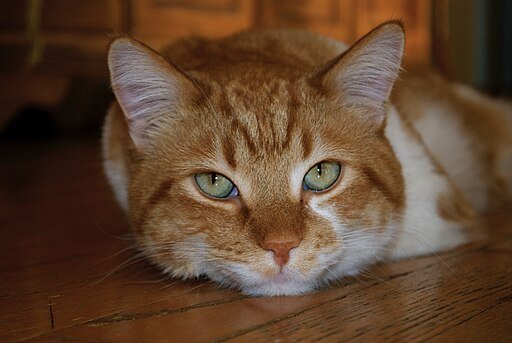
There are four primary tabby patterns: mackerel, classic, spotted, and ticked. Mackerel tabbies have narrow, parallel stripes running down the sides. Classic tabbies display bold, swirling patterns often resembling a bullseye. Spotted tabbies have distinct spots rather than stripes, and ticked tabbies showcase an agouti pattern, where individual hairs have bands of different colors. Each pattern reflects a unique genetic expression.
The Role of Genetics in Tabby Patterns
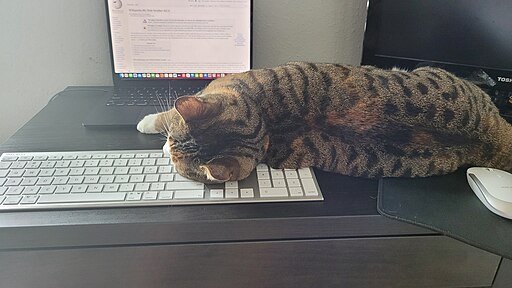
The various tabby patterns are the result of several genes interacting, but the primary gene responsible is the Taqpep (Transmembrane amino-peptidase Q, or “tabby” gene). Mutations and variations in this gene lead to the different patterns observed in tabby cats. Other modifying genes also play a role in determining the specific appearance a tabby cat will have.
The Influence of Coat Color
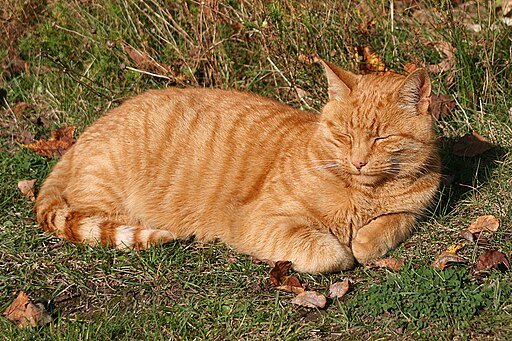
In addition to patterns, the color of a tabby cat’s coat can also be influenced by specific genes. Melanocortin 1 receptor (MC1R) plays a critical role in determining coloration, producing either the warmer, orange tones of a ginger tabby or the cool gray of a silver tabby. These color variations further diversify the tabby family.
The Tabby ‘M’ Marking
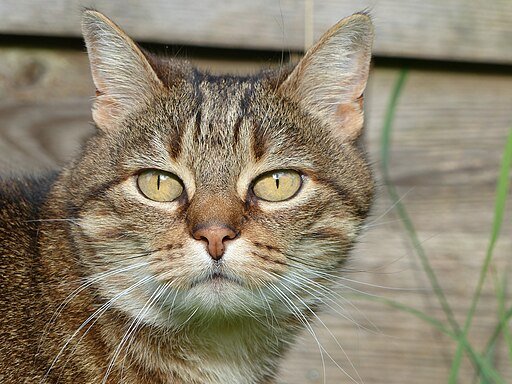
A distinctive feature of tabby cats is the “M” shaped marking on their foreheads. This trait is found in all tabby cats and is a hallmark of the tabby pattern. While its existence is purely a result of genetic patterning, various myths and legends have emerged to explain this mysterious marking, attributing it to religious and cultural tales throughout history.
Personality Traits of Tabby Cats
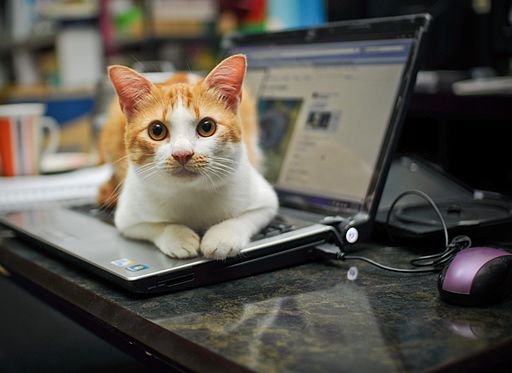
Though each cat is unique, tabby cats are often described as being friendly, playful, and outgoing. There is no scientific basis linking coat pattern to personality, but many tabby cat owners celebrate their pets’ warm and engaging dispositions. Such personality traits have likely assisted in the widespread affection and popularity of tabby cats in domestic settings.
Tabby Cats in Popular Culture
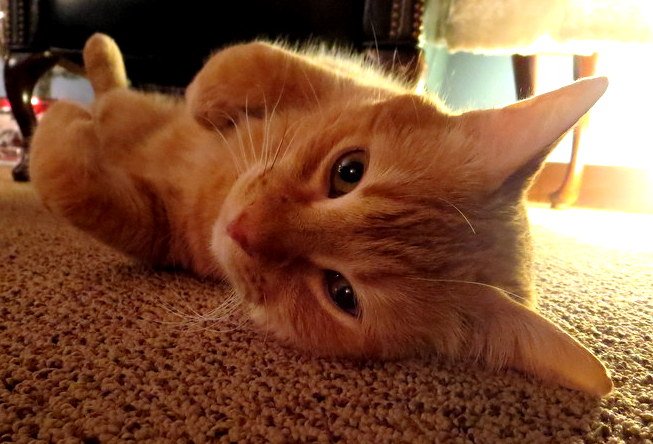
Tabby cats have left their mark not only in homes across the world but also in popular culture. From Lewis Carroll’s Cheshire Cat to Garfield, tabby cats have featured prominently in literature, film, and media, symbolizing both the mischievous and affectionate natures of our feline companions.
Conclusion: The Enduring Appeal of Tabby Cats

In conclusion, the appeal and recognition of tabby cats arise from both their unique genetic makeup and historical symbology as expert survivalists. This combination of historical intrigue and charming disposition cements the tabby cat’s place not only in the natural history of domestic animals but also in the cultural tapestry of societies worldwide.






